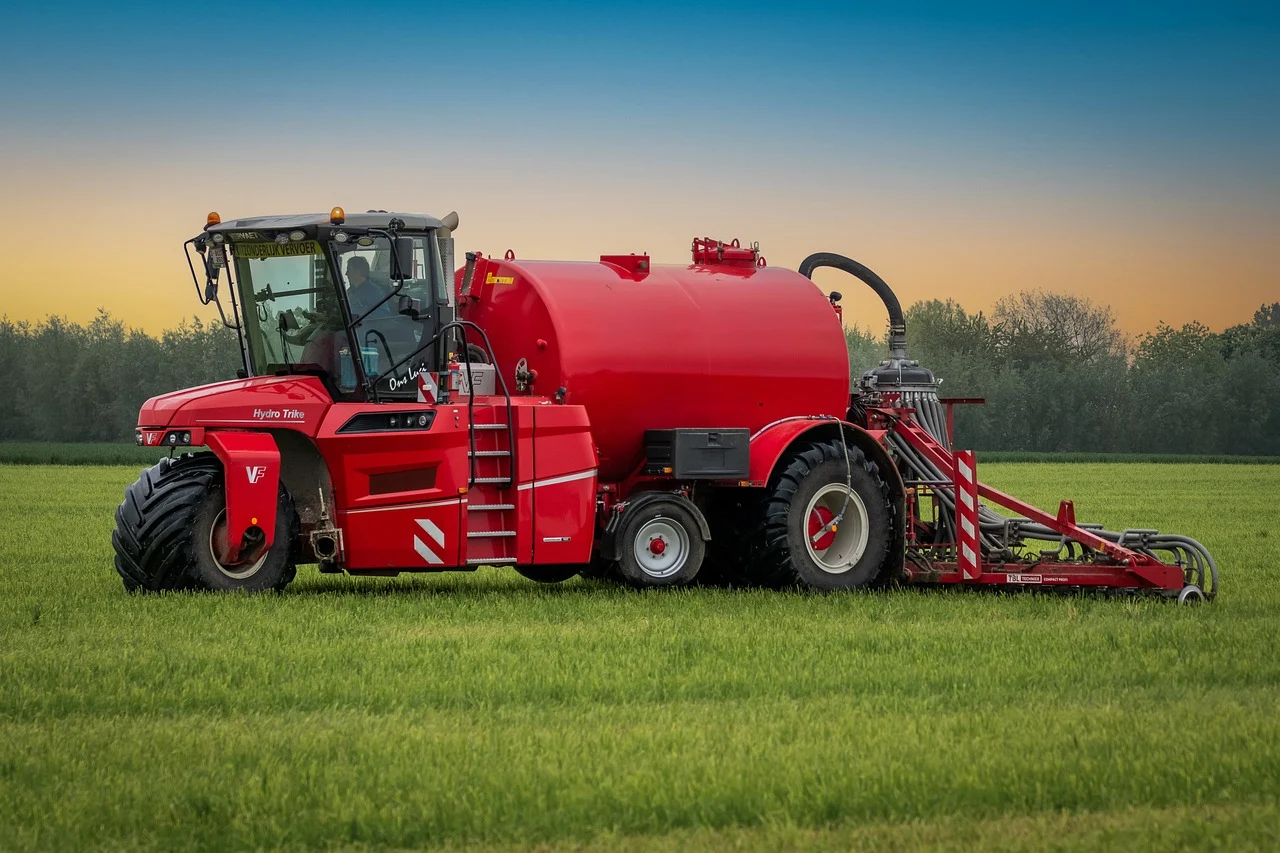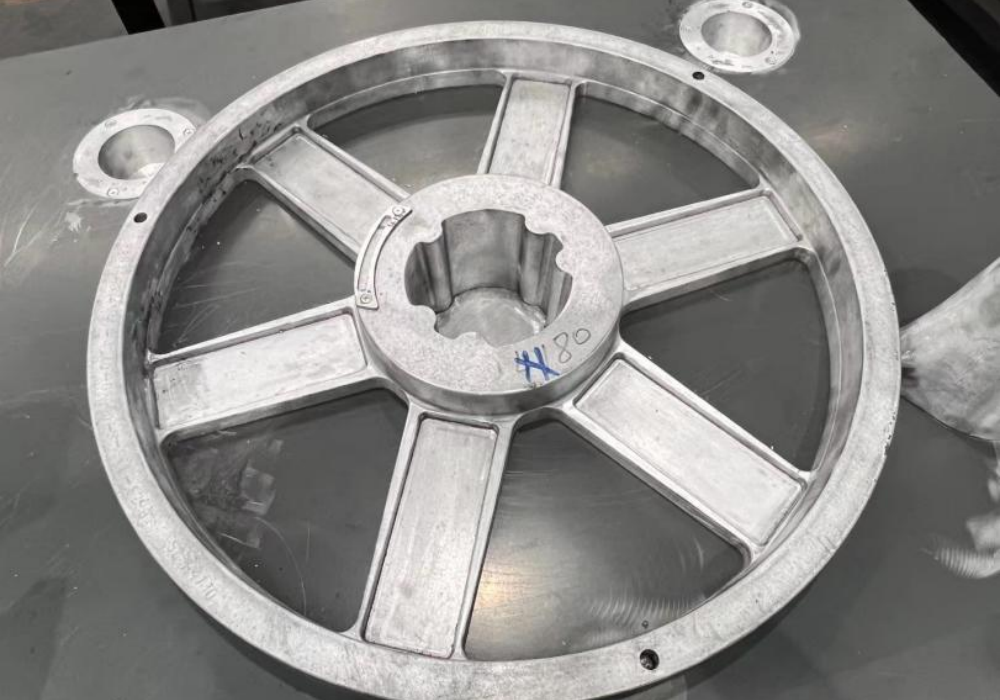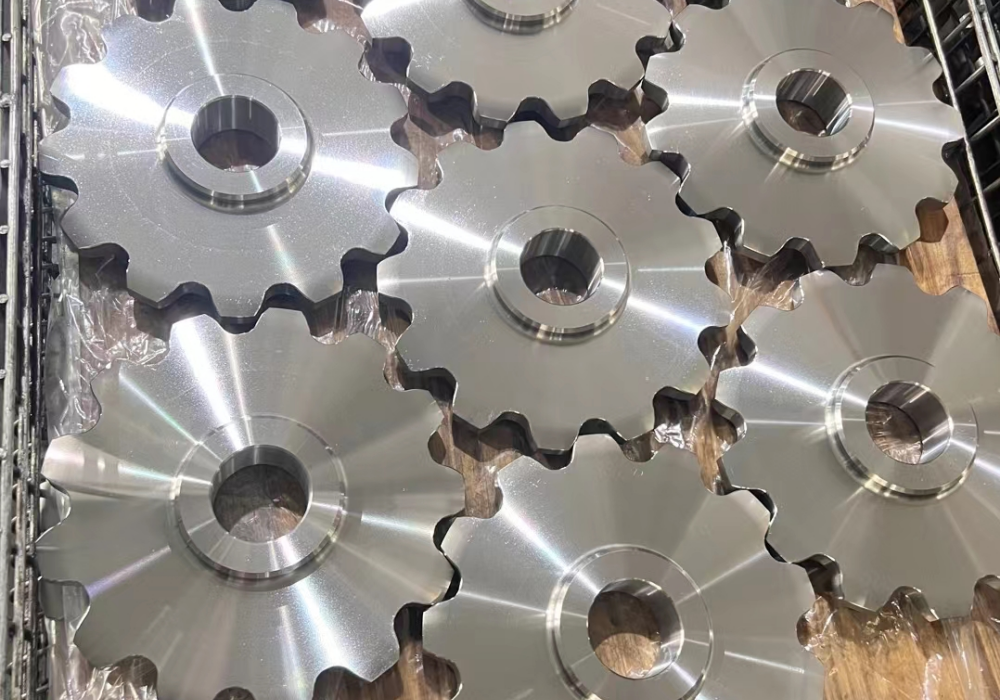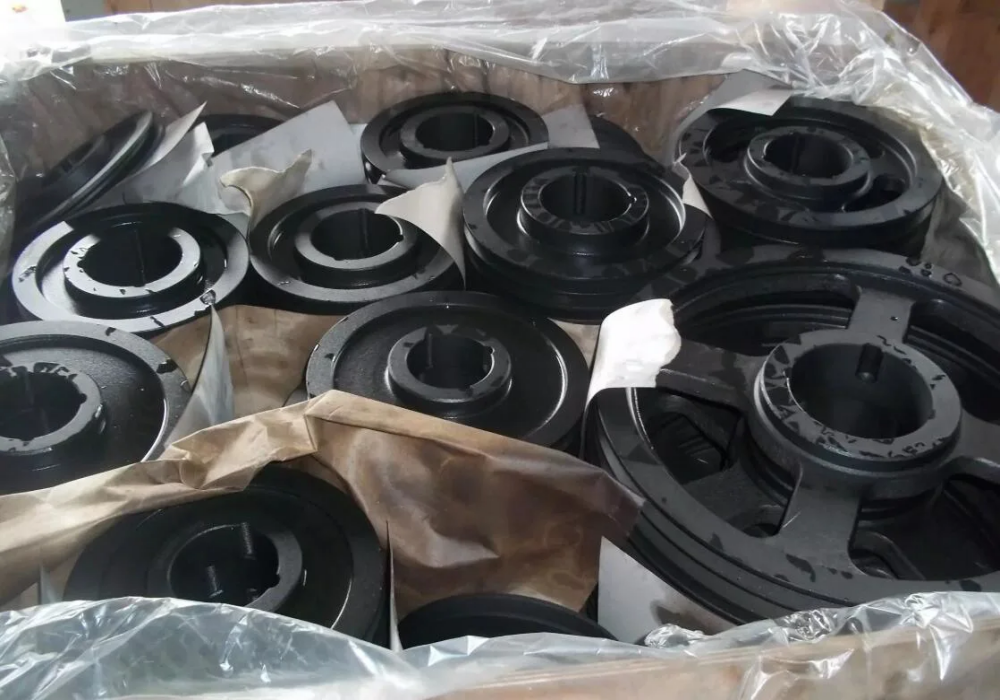Agricultural gear engineering is a critical aspect of today’s agricultural industry. As the demand for high-performance farm equipment increases, the role of agricultural gear engineering becomes increasingly important. This engineering discipline focuses on the design, development, and improvement of gear systems for agricultural machinery. By enhancing the performance of these systems, agricultural gear engineering aims to improve agricultural productivity, efficiency, and sustainability.
Significance of Agricultural Gear Engineering
Agricultural gear engineering plays a crucial role in meeting the challenges faced by the agricultural industry. It involves the design and development of gear systems that are reliable, efficient, and durable under harsh conditions. The success of agricultural gear engineering is evident in the increasing availability of advanced farm equipment that offers superior performance, reduces power losses, and enhances operator comfort.
Key Elements of Agricultural Gear Engineering
Agricultural gear engineering encompasses several key elements that contribute to the design and development of high-performance gear systems. These elements include:
- Material Science: Understanding the properties and behavior of materials used in gear manufacturing is essential. This includes selecting materials that are strong, lightweight, and corrosion-resistant.
- Design: The design of agricultural gear systems requires meticulous attention to detail. It involves the use of advanced design software and expertise in mechanical engineering principles to create gears that are efficient, durable, and compatible with different power sources.
- Manufacturing: The manufacturing process is crucial for ensuring the quality and durability of agricultural gear systems. Advanced manufacturing techniques, such as precision machining and heat treatment, are used to create gears that meet stringent performance standards.
- Testing and Validation: Thorough testing and validation of agricultural gear systems is essential to ensure their reliability and durability. This includes load testing, fatigue testing, and environmental testing to simulate real-world conditions.
- Optimization: Continuous improvement and optimization are essential in agricultural gear engineering. This involves feedback from operators, analysis of failure modes, and research into new materials and manufacturing processes.
Advancements in Agricultural Gear Engineering
Recent advancements in agricultural gear engineering have significantly improved the performance of farm equipment. Some of these advancements include:
- Advanced Materials: The use of high-strength alloys and composite materials has enabled the development of lighter and more durable gear systems. These materials provide improved resistance to wear and corrosion, resulting in longer service lifetimes.
- Innovative Designs: The application of computational design tools and simulation software has enabled the development of more efficient and reliable gear designs. This includes the use of novel tooth profiles, improved lubrication systems, and reduced contact stress designs.
- Automation and Monitoring: The integration of automation and monitoring technologies into agricultural gear systems has significantly improved their performance. This includes the use of sensors and actuators for precise control, as well as onboard diagnostic systems that provide real-time feedback on equipment performance.
- Eco-Friendly Design: There is increasing focus on eco-friendly design practices in agricultural gear engineering. This includes the use of sustainable materials, reduction of power losses, and optimization of equipment to minimize energy consumption and emissions.
- User-Friendly Design: The need for user-friendly agricultural gear systems has become paramount. This includes ergonomic designs, easy-to-use interfaces, and operator-friendly controls that enhance operator comfort and efficiency.
Agricultural gear engineering has played a pivotal role in enhancing the performance of farm equipment. The ongoing advancements in this field hold promise for further improvements in agricultural productivity, efficiency, and sustainability. As agricultural gear engineering continues to evolve, it will be important to stay abreast of new technologies, materials, and design methods that can further enhance the performance of farm equipment in the years to come.
More: Driving Industrial Operations: The Significance of Spur Gears
CONTINUE READING
Related Posts
In the world of mechanical operations, the significance of V-pulleys cannot be overstated. They are indispensable transmission components, each tailored […]
Sprockets are essential components in power transmission systems, facilitating the transfer of rotational motion between shafts and chains. While standard […]
V-pulleys are indispensable components in power transmission systems across diverse sectors, including agriculture and industry. However, V-pulleys designed for agricultural […]





